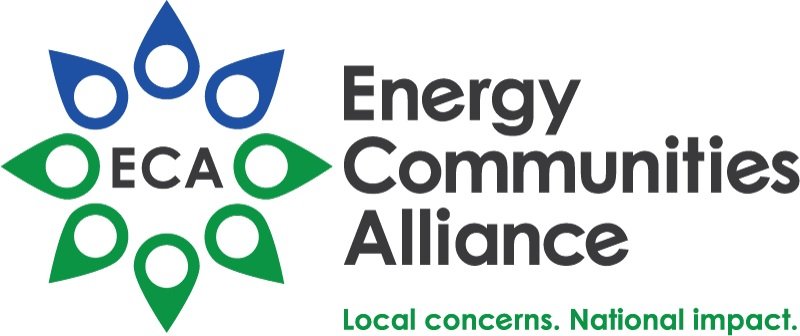GAO: DOE SHOULD EXPLORE ALTERNATIVE METHODS TO TREAT HANFORD WASTE
A recent report published by the Government Accountability Office (GAO) calls on the U.S. Department of Energy (DOE) to explore alternative methods to treat waste at the Hanford Site to reduce taxpayer burden and risk to human health. GAO outlined DOE’s current plan to treat about 3 million gallons of the Hanford Site’s high-level waste (HLW) by constructing an expanded HLW Facility to vitrify HLW. However, in April of 2024, DOE, the U.S. Environmental Protection Agency (EPA), and the Washington State Department of Ecology reached a Tri-Party agreement on how to manage the Hanford site’s waste. The agreement does not address how the HLW Facility would be reconfigured to facilitate the direct-feed approach laid out in the plan, posing future complications.
GAO convened a panel of experts to discuss alternative approaches to address HLW at Hanford. Experts found that classifying portions of Hanford’s HLW as low-level radioactive waste (LLW) or transuranic (TRU) waste, according to physical characteristics and risk, would allow DOE to dispose portions of waste through less expensive pathways and at pre-existing facilities.
Experts concurred that some HLW would still need to be vitrified, but that the HLW Facility as currently envisioned may not be necessary, and vitrification capability could be downscaled for a smaller volume of waste. The benefits of this include reducing costs, removing waste sooner, and decreasing risk to human and environmental health. GAO suggests that DOE pause design and construction activities on the HLW Facility to explore these options and reduce taxpayer burden.
GAO, however, acknowledges that DOE could face legal and regulatory challenges in implementing these policies. Experts stressed that Congress needs to clarify DOE's authority to classify current HLW at Hanford as LLW or TRU waste before DOE can explore these cost-and-time-efficient options.
GAO provided three (3) recommendations to DOE, and one to Congress, for consideration.
DOE should target research and development projects addressing Hanford’s HLW toward approaches identified by experts in GAO’ report.
DOE should allow an independent analysis to be performed on the portion of HLW at Hanford that should be managed, treated, and disposed as HLW based on physical characteristics and risk.
DOE should pause design and construction of Hanford’s HLW Facility until it has fully explored alternative disposal options for HLW.
GAO also recommended that Congress clarify DOE’s authority to reclassify portions of Hanford’s HLW.
DOE concurred with two of GAO’s recommendations. However, it disagreed with GAO’s third recommendation that it pause work on the HLW Facility, stating that such a pause would conflict with existing milestones posed by the Tri-Party agreement. GAO disagreed with DOE’s assertion, noting that the HLW Facility will not be completed for another 9 years, and that the Tri-Party agreement allows for the modification of deadlines.
On a related note, ECA sent a letter last month to the Washington State Department of Ecology containing its comments on the proposed changes to the Washington Tri-Party Agreement and consent decree on Hanford Site tank waste. Read the letter here.
ECA will continue to monitor and provide updates on how the Washington Tri-Party Agreement and how the Hanford Site will treat its HLW.

